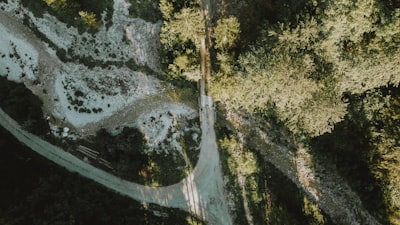Summary:
The devastating floods in Texas, particularly along the Guadalupe River, have resulted in the loss of at least 51 lives, including many children and key members of local summer camp communities. Notable among the victims are Renee Smajstrla, an 8-year-old girl at Camp Mystic; Jane Ragsdale, director of Heart O' the Hills camp; multiple young campers such as Sarah Marsh, Janie Hunt, Lila Bonner, Blair and Brooke Harber; as well as community figures like Dick Eastland, long-time camp director, and Katheryn Eads, a counselor. Their stories collectively reveal a tragedy hitting families and interconnected communities, impacting young lives, leaders, and entire family legacies.
Analysis:
This event underscores the severe human cost of natural disasters, especially as they strike places seen as safe or idyllic, such as children’s summer camps. Multiple factors likely contributed: extreme weather patterns, potentially intensified by climate change, infrastructure vulnerability, and the location of camps along the flood-prone riverbanks. While the coverage honors individual victims, it also evokes questions regarding preparedness and crisis response, particularly where vulnerable populations like children are concerned. The almost century-old camps, operated by families across generations, now face existential questions about future safety and continuity.
Media framing focuses on individual stories—a common approach to humanizing large-scale tragedies. While this draws empathy and public interest, it can sometimes obscure broader systemic issues, such as climate adaptation, urban planning around floodplains, and the adequacy of emergency response systems. The coverage provides little direct political context, but the scale of loss raises policy questions at state and federal levels—about climate resilience, camp safety standards, and support for affected families.
Discussion:
The poignancy of the stories—young lives cut short, family traditions disrupted, and local heroes lost—invites broader reflection. These tragedies strike at the heart of communities, challenging their sense of safety and belonging. The overlap between cherished childhood memories and the harsh realities of disaster is especially striking: places like Camp Mystic and Heart O’ the Hills are meant to foster growth and joy, not fear and loss.
This incident is far from isolated. Across the world, the frequency and intensity of extreme weather events are rising, with children and the vulnerable disproportionately affected. It prompts urgent questions: How can we better protect these groups? Are existing camps and recreation facilities adequately equipped for emerging climate risks? What responsibilities do private operators and public officials share in balancing tradition with the need for modern safety standards?
Beyond the immediate grief, the episode serves as a stark reminder of the intersections between climate, infrastructure, and community. It challenges us to look beyond individual stories—to lobby for systemic changes that can protect future generations. Does sentimentality regarding heritage sites delay necessary modernization? And when tragedy strikes, how can help and healing be equitably distributed?
Most fundamentally, this tragedy matters because it forces us to confront the fragile bargain we make with nature, and the necessity for both compassionate response and preventive action in the face of mounting environmental threats.

Comments
No comments yet. Be the first to comment!